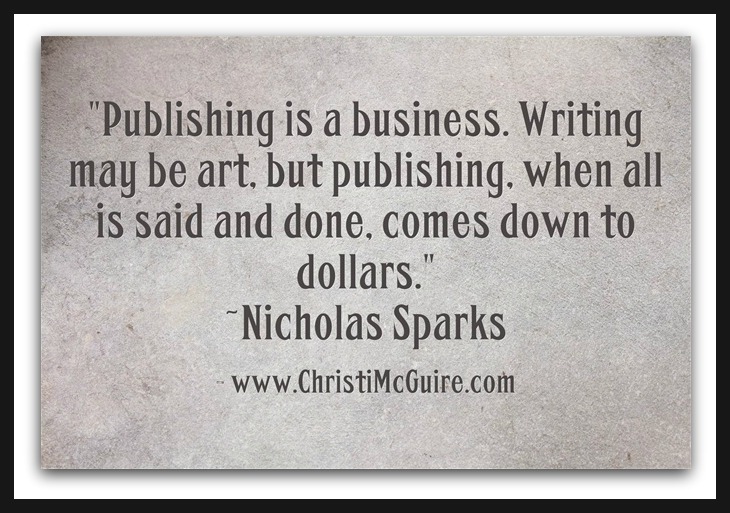In today’s world, we have choices. Lots of choices.
Just walk down the cereal aisle of any grocery store, and you’ll see my point. For example, how many different types of Cheerios do you think there are?
Any guesses?
There used to be two: Regular and Honey Nut. Now there are THIRTEEN! Do we really need Cinnamon, Dulce de Leche, and Yogurt Burst Cheerios?
Everywhere we turn, we have many choices. Even in publishing. Writers have more options in publishing their books than ever before. Let’s look at the major types of publishers.
Types of Book Publishers
1. Traditional Trade Publishers
Traditional trade publishers (also known as Commercial Publishers) work with literary agents and authors to acquire manuscripts. The publisher offers a contract to the author for an advance against royalties (typically). Then the publisher edits, produces, publishes, and distributes the book. Most trade publishers publish different genres in a variety of formats (hardcover, paperback, eBooks, audio books).
Top* Traditional Publishers:
- Random House
- HarperCollins
- Simon & Schuster
- Penguin
Top Christian Traditional Publishers:
- Thomas Nelson
- Zondervan
- Tyndale House
- B&H
- Harvest House
- Moody
- Multnomah
2. Mass Market Publishers
Similar to trade publishers, mass market publishers acquire manuscripts and produce them inexpensively in paperback with cheap paper and glued bindings. These low-cost paperbacks are distributed mostly to discount retailers.
Top Mass Market Publishers
- Harlequin
- Dell
- Avon
3. Educational Publishers
Educational publishers publish curriculum-related material used in schools and colleges. Marketing of textbooks is through sales representatives who present the curriculum to educators.
Top Educational Publishers
- McGraw Hill
- Houghton Mifflin Harcourt
- Pearson
4. Imprint/Specialty Publishers
An “imprint” publisher is affiliated with a larger (traditional) publishing house. Basically, the publisher is divided into departments called imprints, and the imprints only publish books that are specific to their mission. They specialize in a particular genre and format of book. Examples of imprints are:
- Viking (imprint of The Penguin Group)
- Little Brown and Company (imprint of Hachette Book Group)
- Aladdin (imprint of Simon & Schuster)
- Bantam (imprint of Random House)
- Howard (Christian imprint of Simon & Schuster)
5. Subsidy Publishers
Subsidy publishers (also known as “Vanity Publishers”) publish and distribute books for which authors pay the cost. The author receives royalties (a very small percentage of the sales), but the publisher owns the copyright and does not pay for promotional expenses, book media, advertising, etc.
6. Self-Publishers
Self-publishing is on the rise as authors take complete control of the publishing process. Authors who self-publish are responsible for the full cost of producing and printing the book, as well as distributing and marketing.
Writers have many choices when it comes to publishing their books—not quite as many choices as types of cereal, but several choices nonetheless.
As writer, what type of publisher are you most interested in?
Follow my boards on Writing, Editing, Grammar, and Blog Tips on Pinterest!
©2011- 2013 Christi McGuire. All Rights Reserved.
*The term “top” indicates well-known publishers and does not insinuate author’s personal opinion or top ranking in sales or income.



This is really helpful, Christi. I wouldn’t know where to start to make a list and not leave someone out or include others that didn’t belong. Bookmarking this post. Thanks.
[…] McGuire breaks down the many types of book publishers out there, including self-publishing; Elizabeth Craig compiles a list of ebook services […]